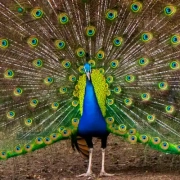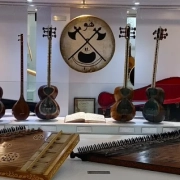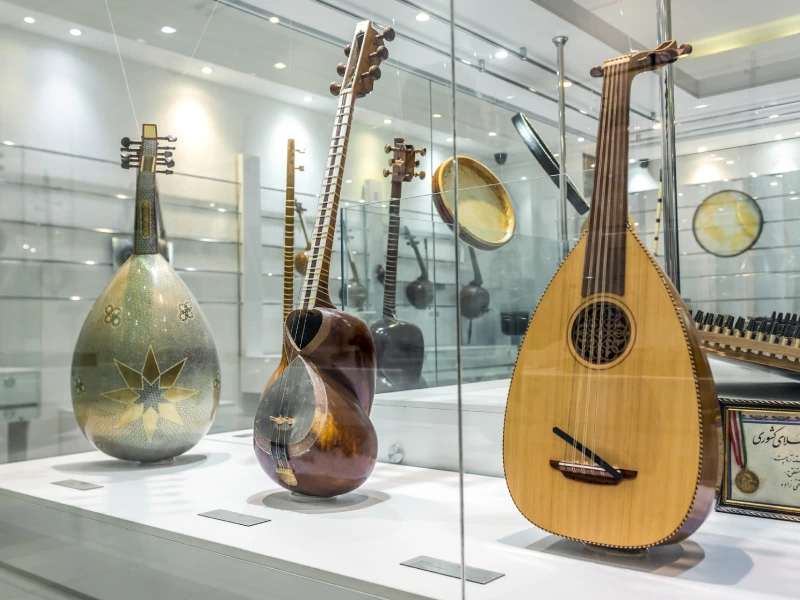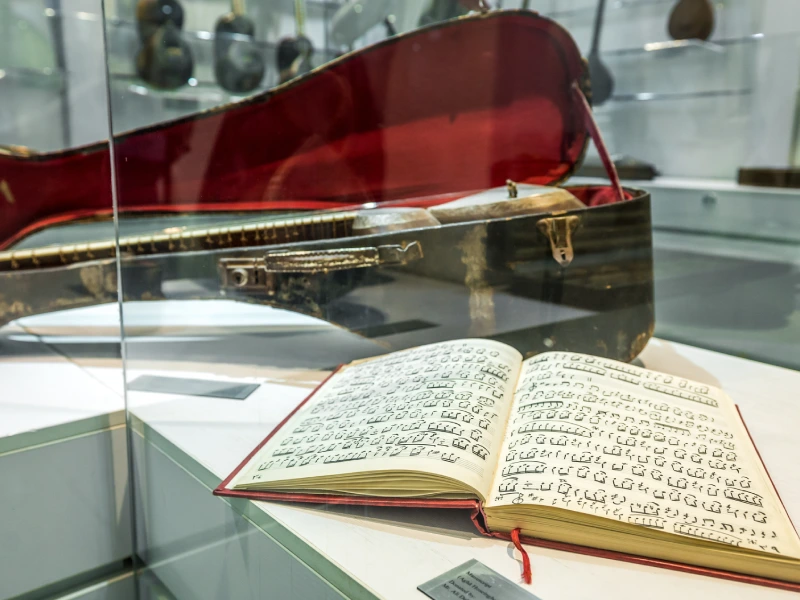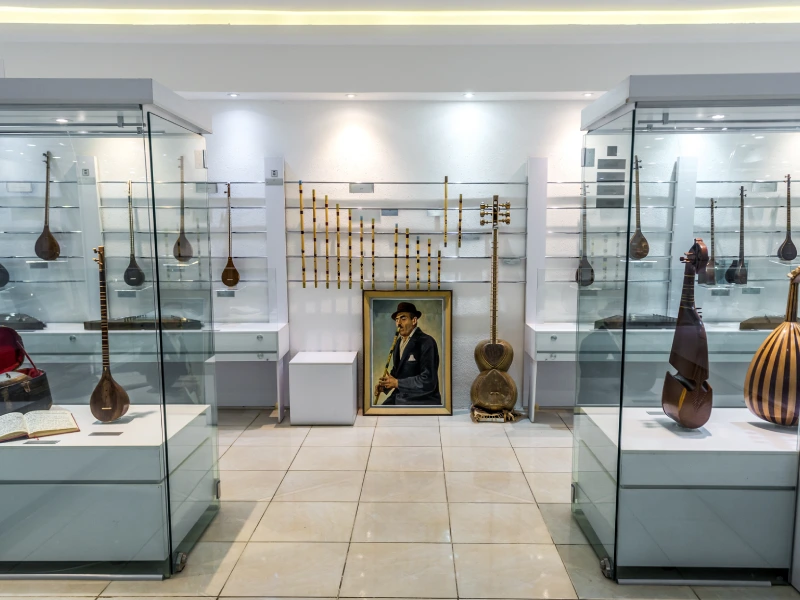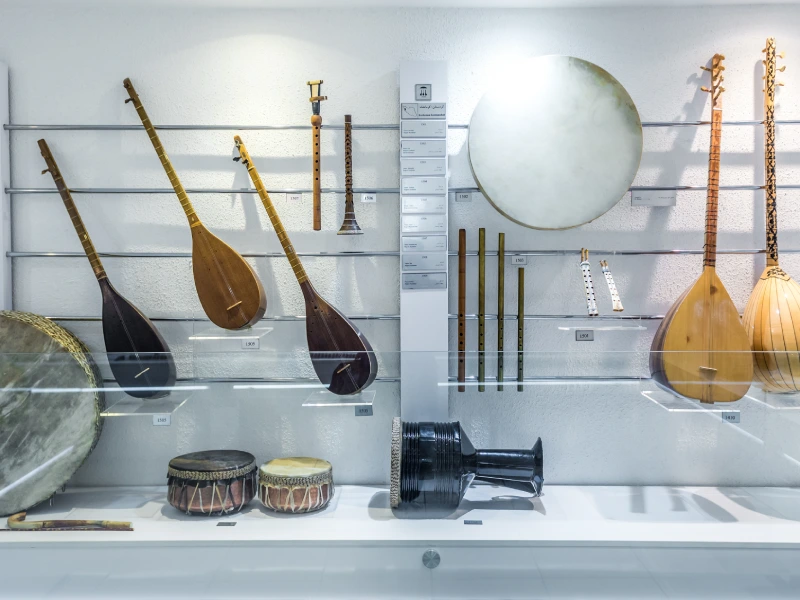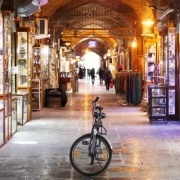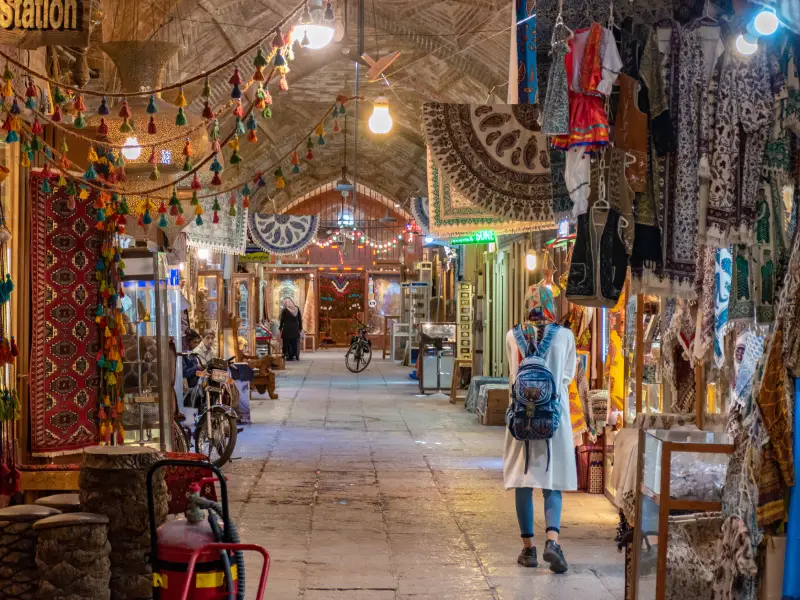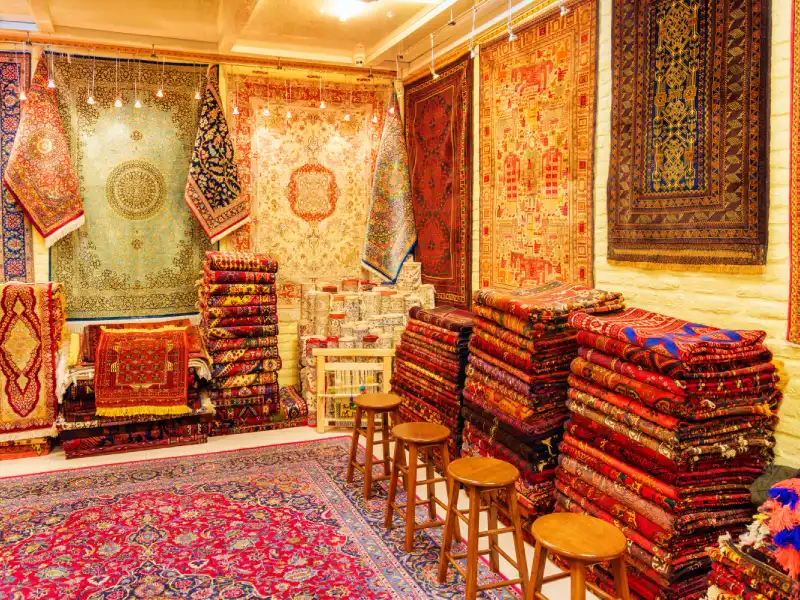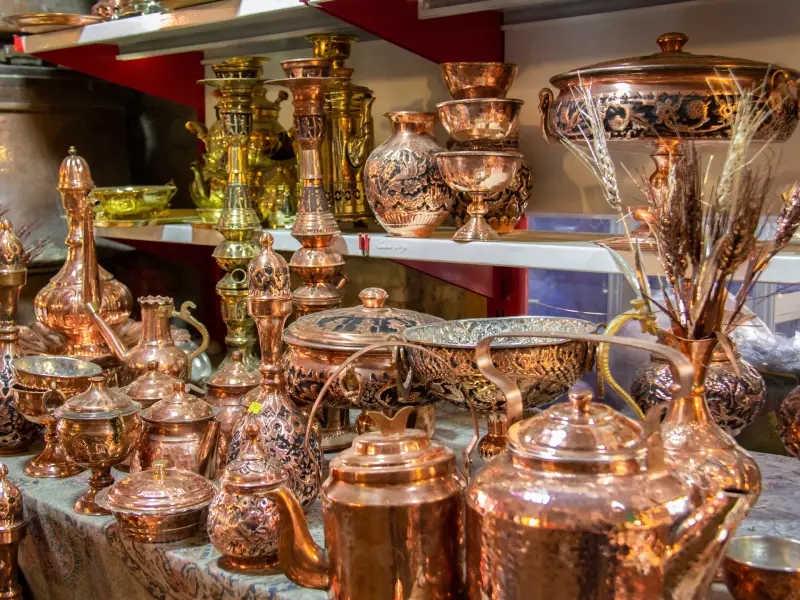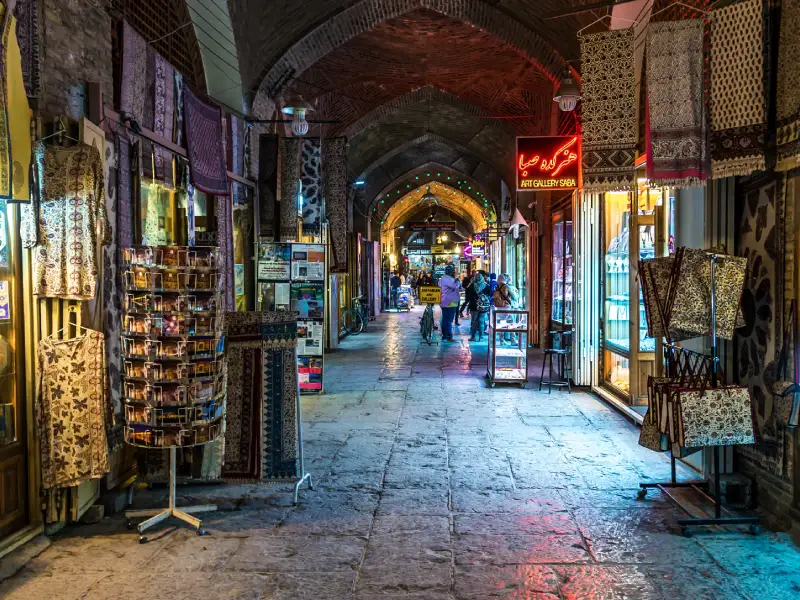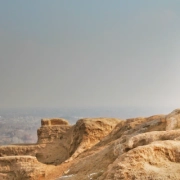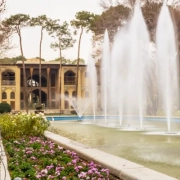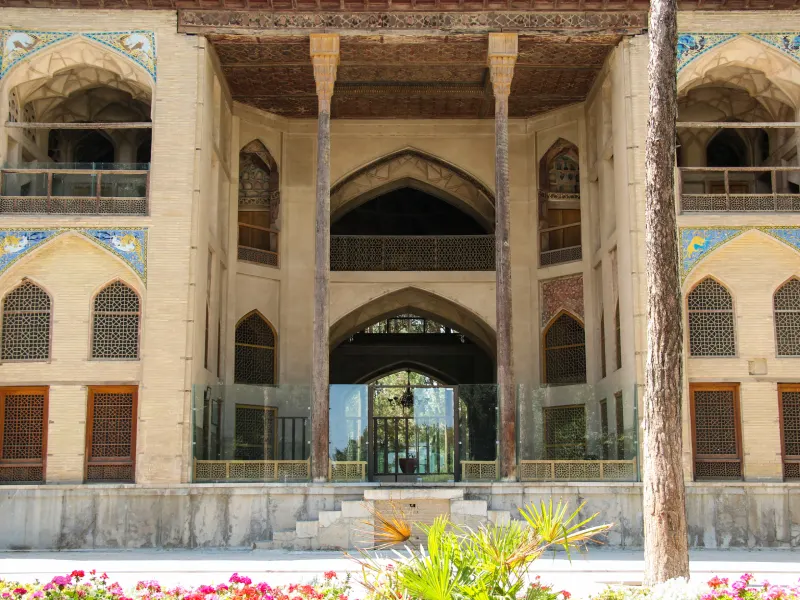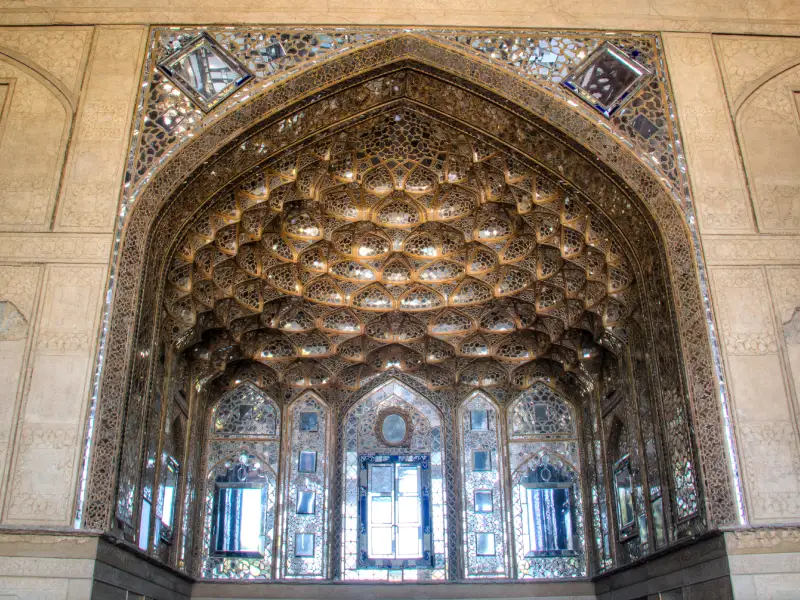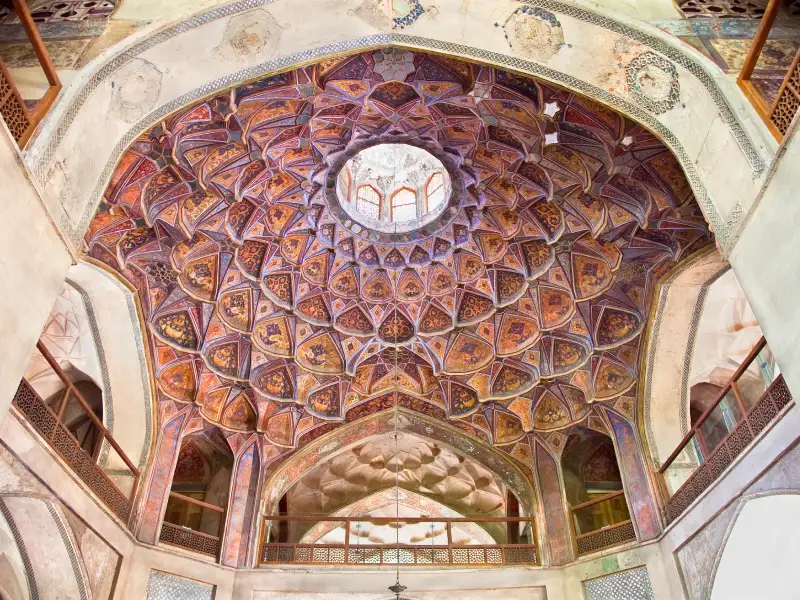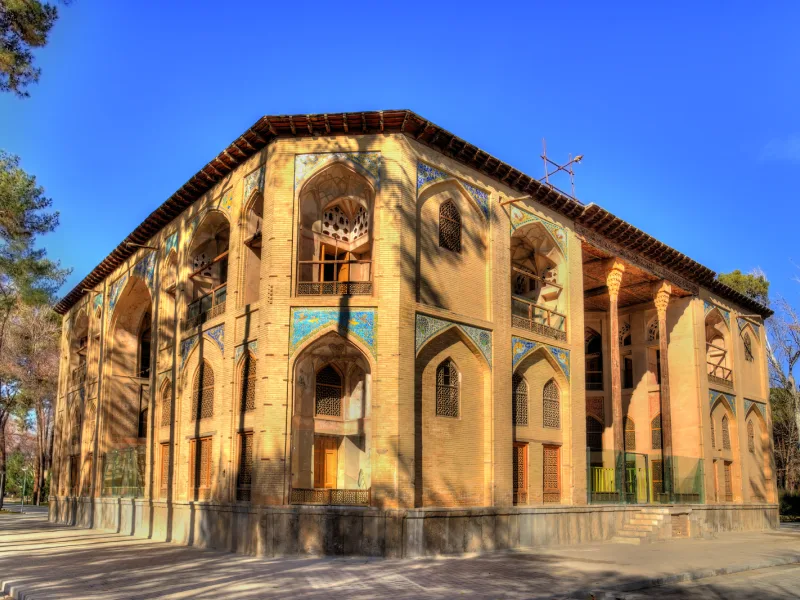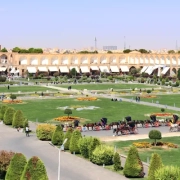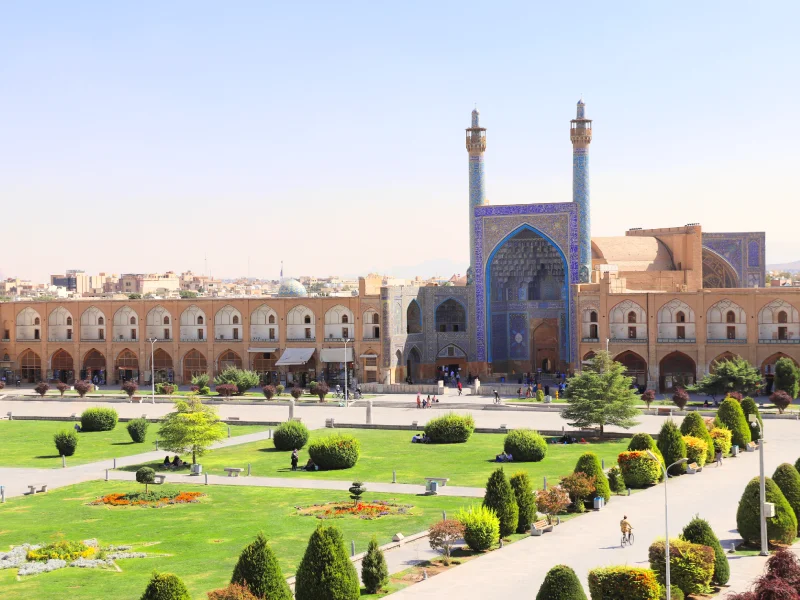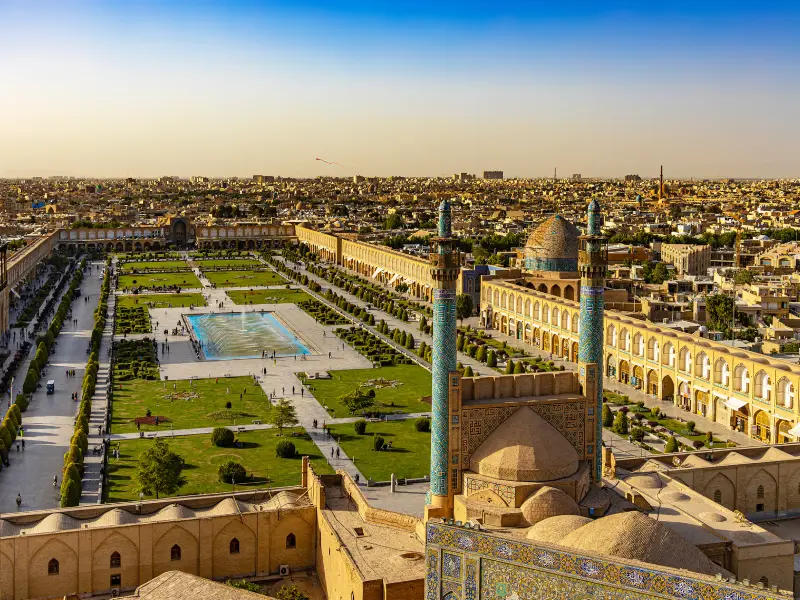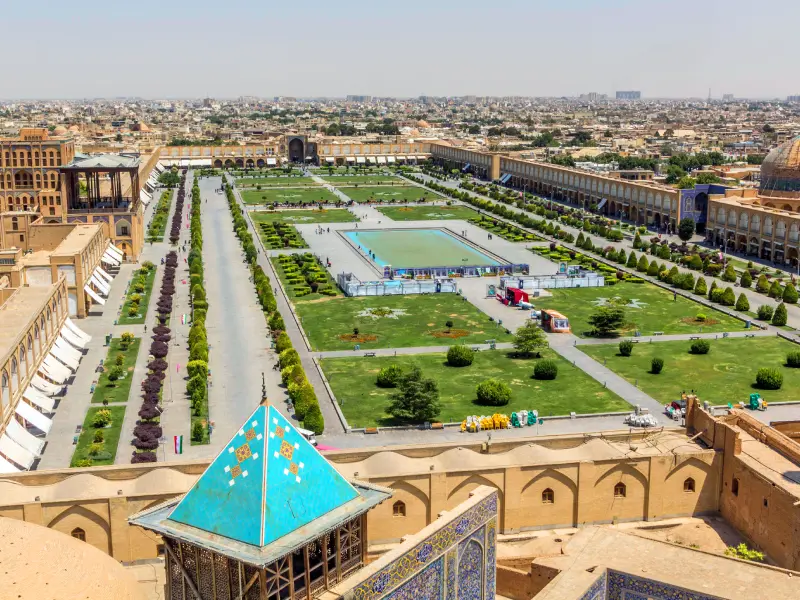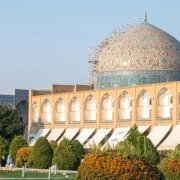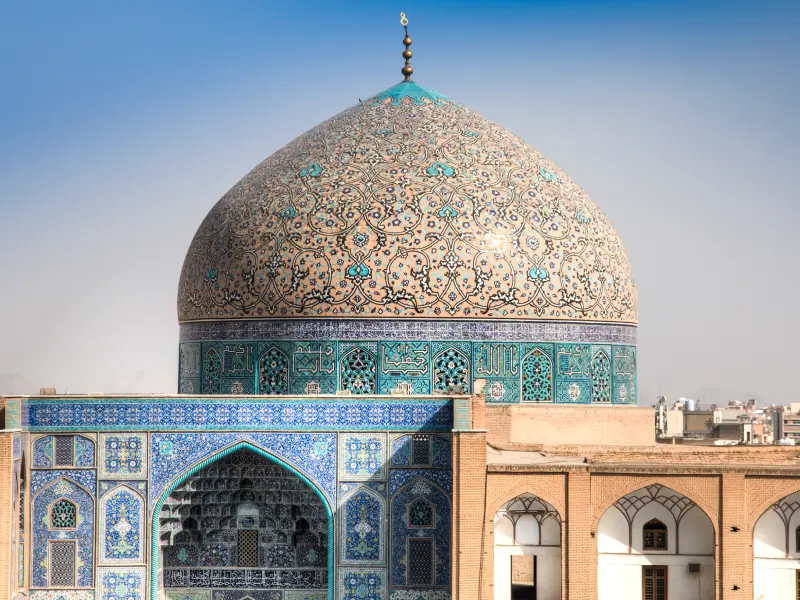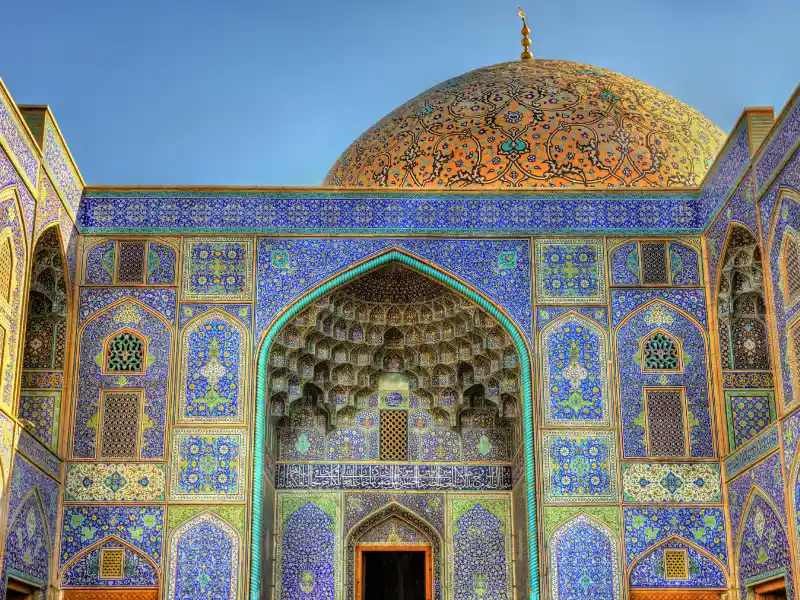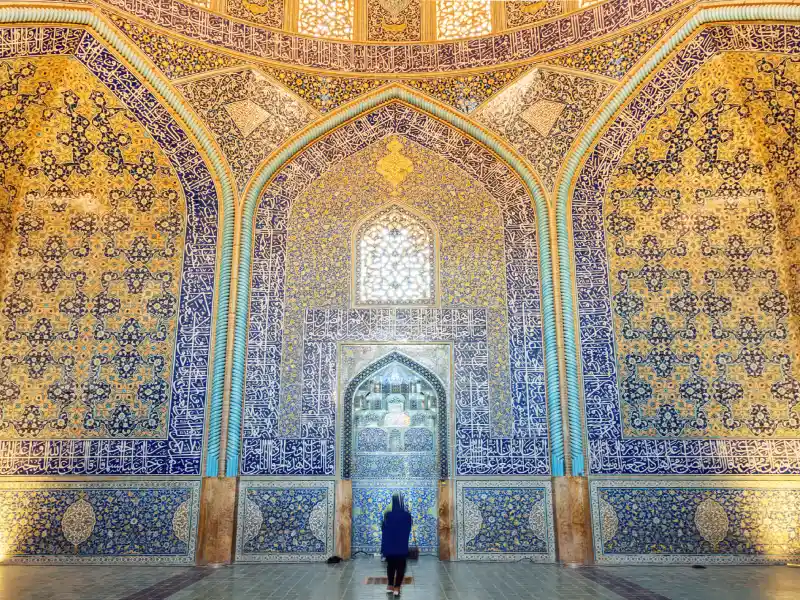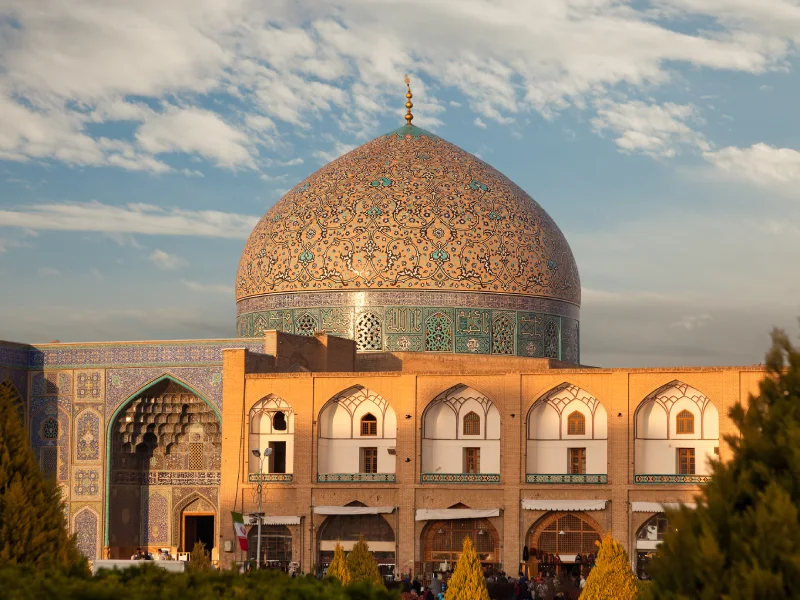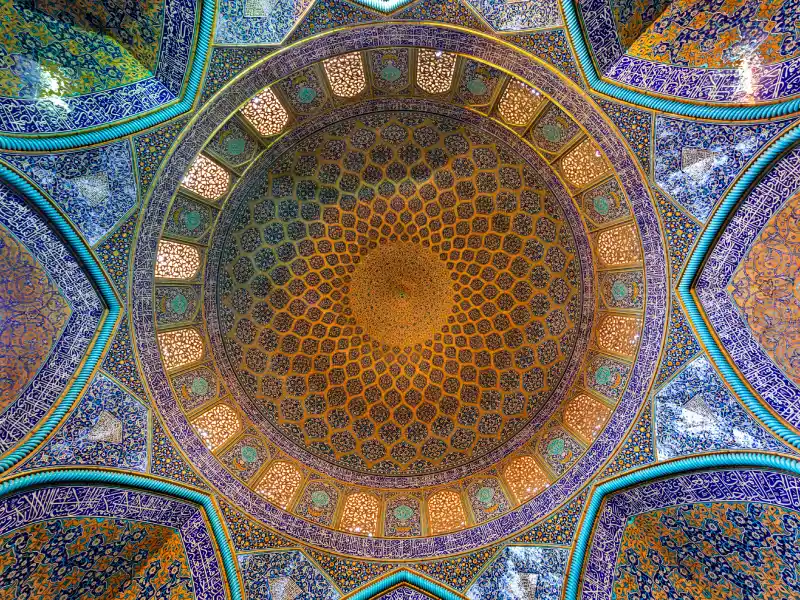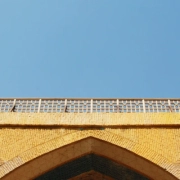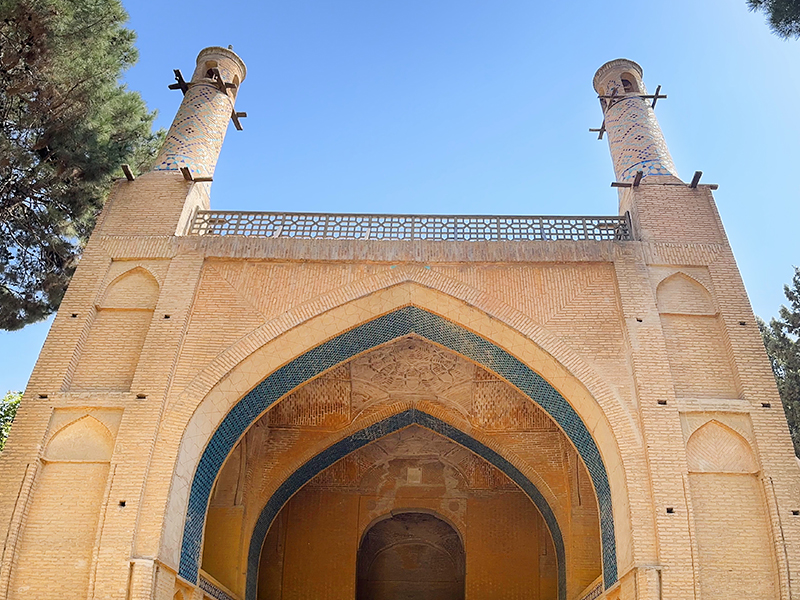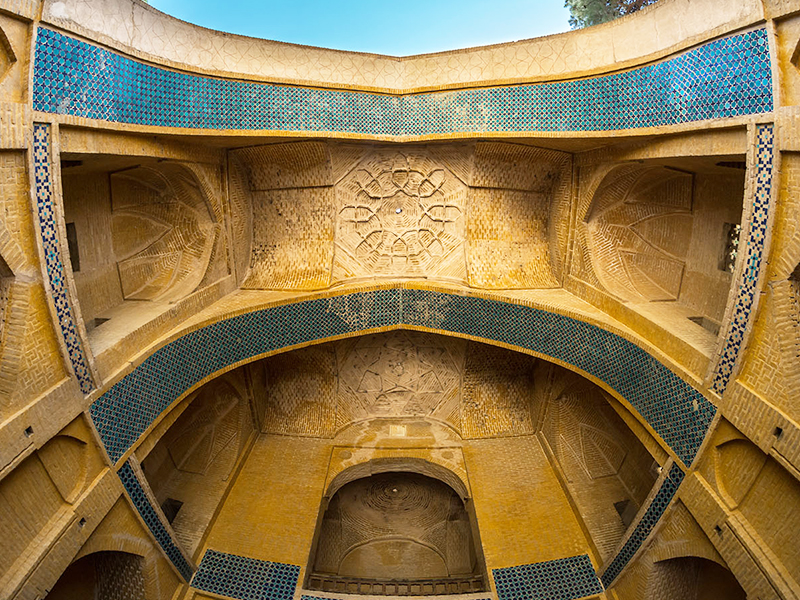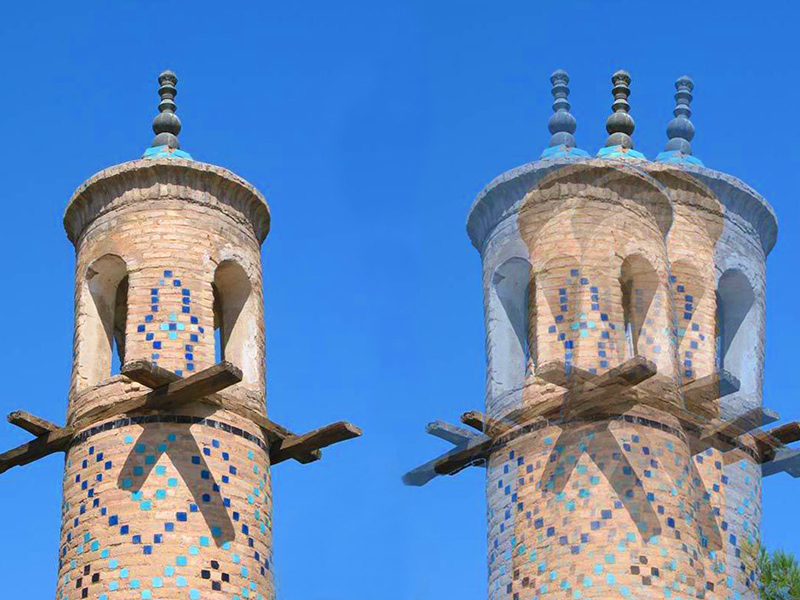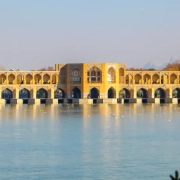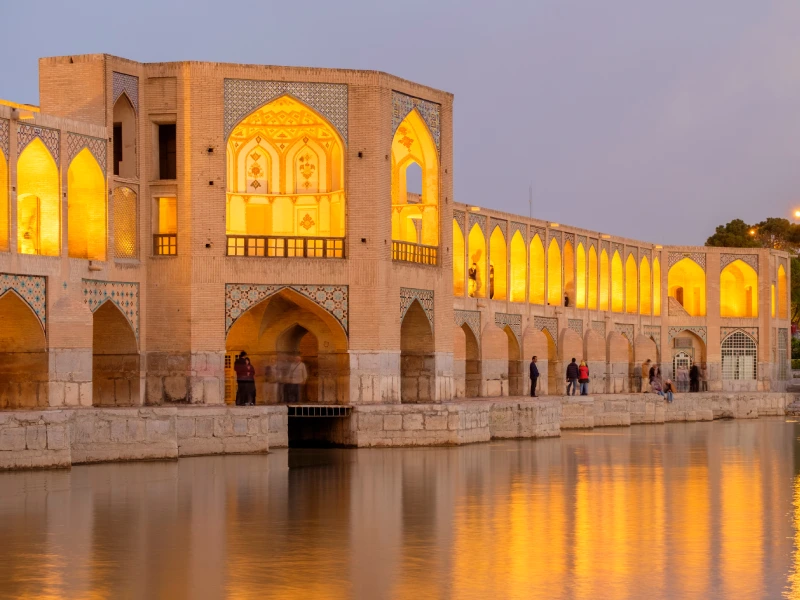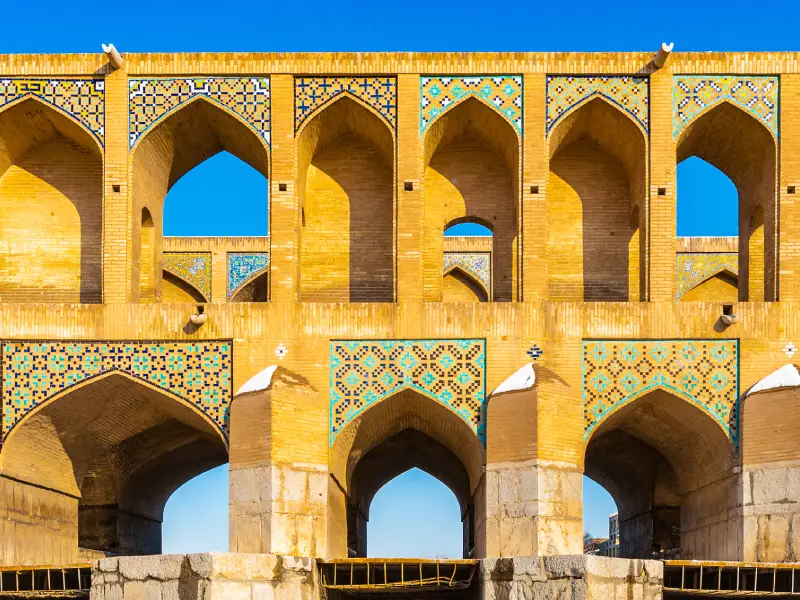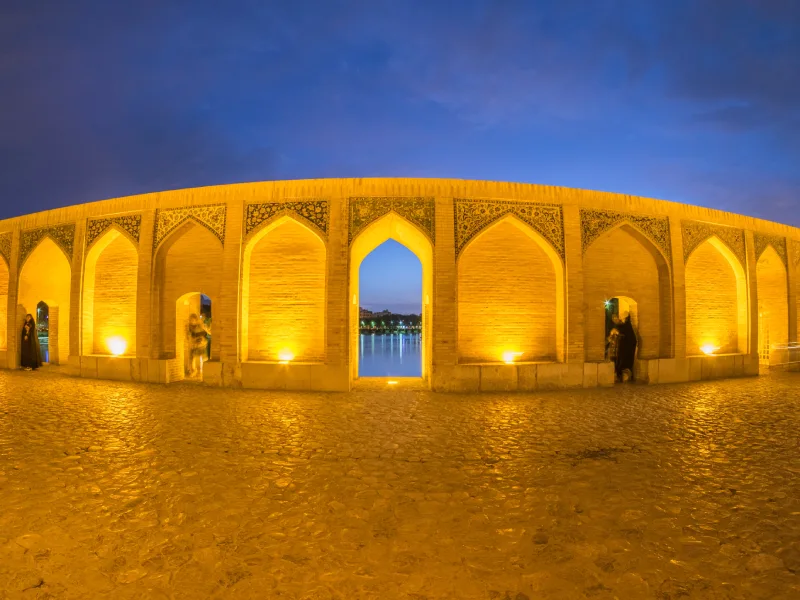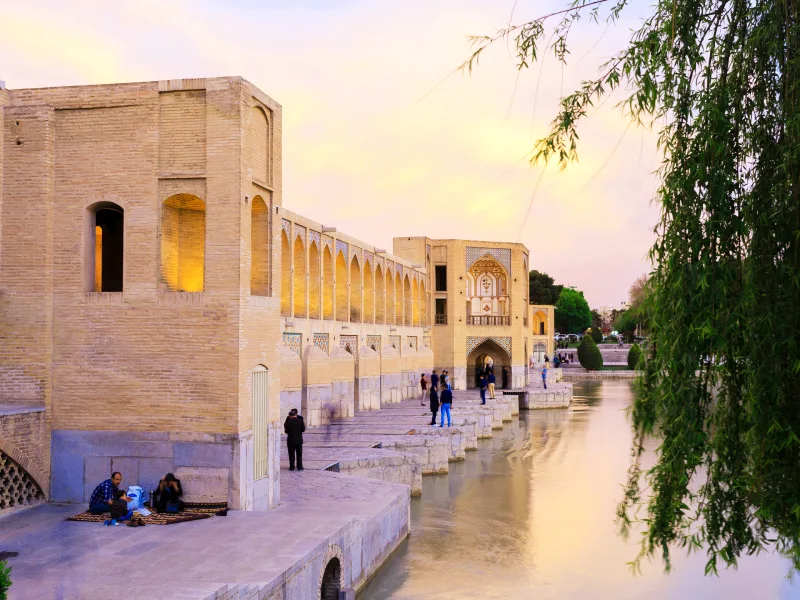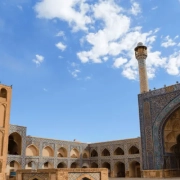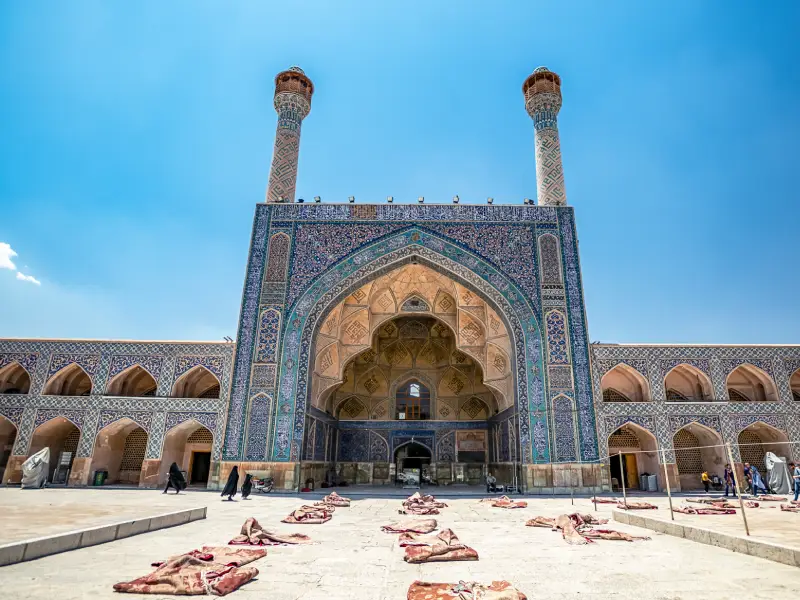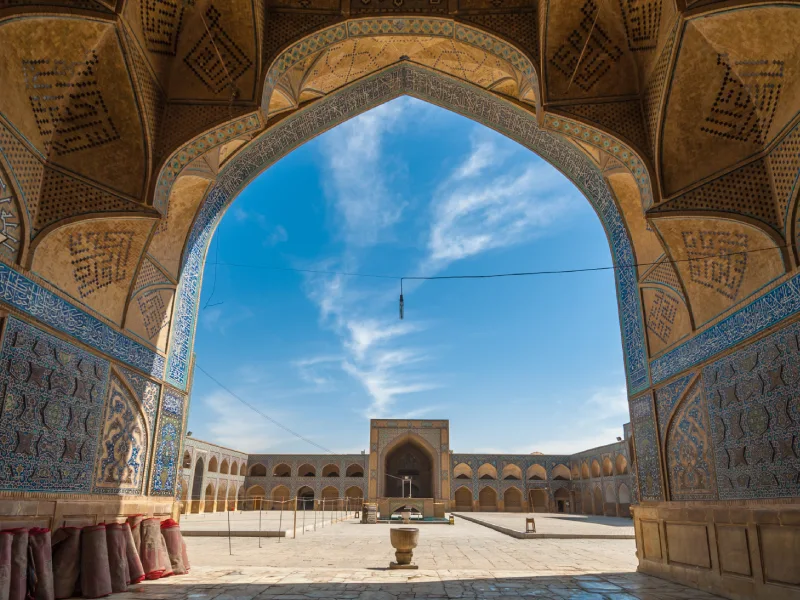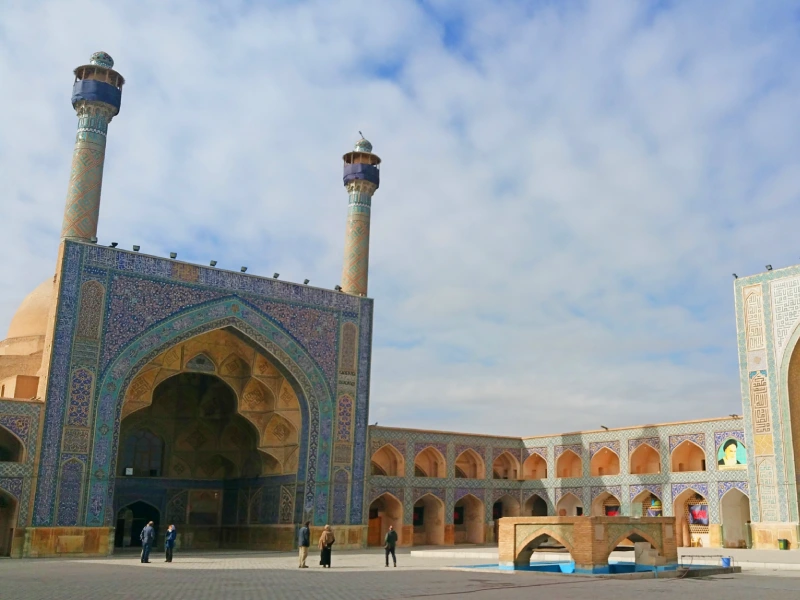Bird Garden of Isfahan (Reviews, Photos, Location)
Bird gardens are truly enchanting. Bird gardens, designed to attract and support various bird species, are eccentric spaces for visitors who appreciate these vibrant creatures. The sound of the birds singing creates a natural symphony that can be incredibly soothing and uplifting. The Bird Garden of Isfahan is also a frequently visited place in the city amidst the archeological and traditional locations of Isfahan. The garden is popular for its serene and entrancing natural environment, where you will see birds flying freely or swimming in the beautifully decorated green spaces and ponds. Visiting this Bird Garden is among the top things to do in Isfahan.
About the Bird Garden of Isfahan
Iran, especially the city of Isfahan, is known for its historical attractions and ancient monuments. According to the world and also the natives, Isfahan is seen as the heart of Iran’s rich and opulent history.
Likewise, the Bird Garden of Isfahan portrays the significance of the existence of the bird species of the region. Surely, the experience of observing all kinds of exotic and colorful birds, including peacocks, parrots, pheasants, etc., up close will entice you during the trip.

The bird garden contains various sections, including ponds, rocks and cliffs, green spaces, and glass and iron cages. If you are fond of the world of birds, you will enjoy watching all kinds of bird species in this garden. There are more than 130 types of birds and chickens kept in the complex.
Some of these birds are white mandarin ducks, Ruddy shelducks (Angut), Eurasian teal, Wigeons, peacocks, Russian ducks, small white-fronted geese, gray geese, and many more. Later, you can see other attractions, such as Nazhvan Forest Park and other spaces, which are located a few steps away from the Bird Garden of Isfahan.
The bird garden has an area of 55,000 square meters and started its activity in August 1996. The interior area under the bird garden’s large net is 17,000 square meters, and the area of the net protecting the birds is 40,000 square meters.
Bird Species of Isfahan Bird Garden
Birds from various species are kept in the bird garden of Isfahan, which are all available for visitors to watch and enjoy. These birds include the Glossy Ibis, cormorants, toucans, owls, hawks, herons, terns, starlings, ostriches, geese, storks, ducks, etc. White mandarin ducks, Ruddy shelducks, Eurasian teal, wigeons, peacocks, Russian ducks, small white-fronted geese, green-headed ducks, northern pintail, African geese, and gray geese are more than a few of the birds found in Isfahan’s bird garden.
The Different Sections of Isfahan Bird Garden
Glass Cages
Some birds in the bird garden have a different habitat from the weather conditions of Isfahan City; therefore, glass cages were installed in the area to simulate the living conditions of these birds and ensure that they are suitable.
Rocks & Small Cliffs
The bird garden rocks are located on the eastern side of the complex. The rocks are a suitable environment for keeping the mountainous and desert birds. Birds such as partridge, see-see partridge, quail, etc., are mostly kept in this rocky environment.
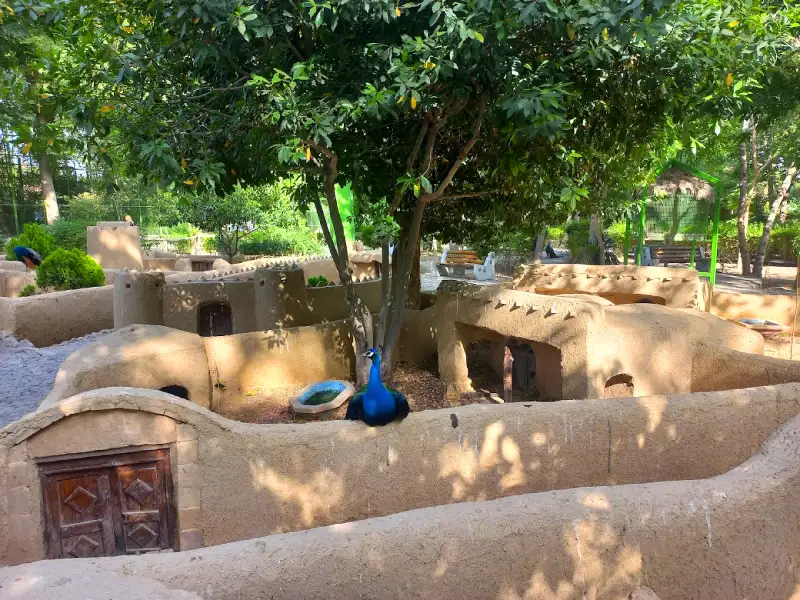
Small birds also live in these cages for better security. Parrots, lovebirds, toucans, etc., are exotic birds protected in glass cages.
Iron Cages
The Bird Garden of Isfahan has made iron cages to keep hunting wild and carnivorous birds whose natural habitats are rocky and mountainous areas inside and away from visitors and other free birds. Because these birds can harm tourists and other birds in the garden if they fly free. Some of the birds found in the iron cages are eagles, falcons, owls, and vultures.
Forest Green Spaces
These green spaces are for the birds that live freely without any restrictions in the open spaces. In this section of the bird garden, you can see pheasants, peacocks, etc., and rejoice in their beauty.
Ponds
There are four ponds in the Bird Garden. The largest of them is located in the center of the garden. These ponds have the necessary conditions and standards to maintain open air for birds, such as ducks, swans, geese, flamingos, pelicans, etc., to live in this area.
Special Units of the Bird Garden of Isfahan
Nutritional Unit: In this unit, the nutritional needs of birds are met based on the food requirements tables.
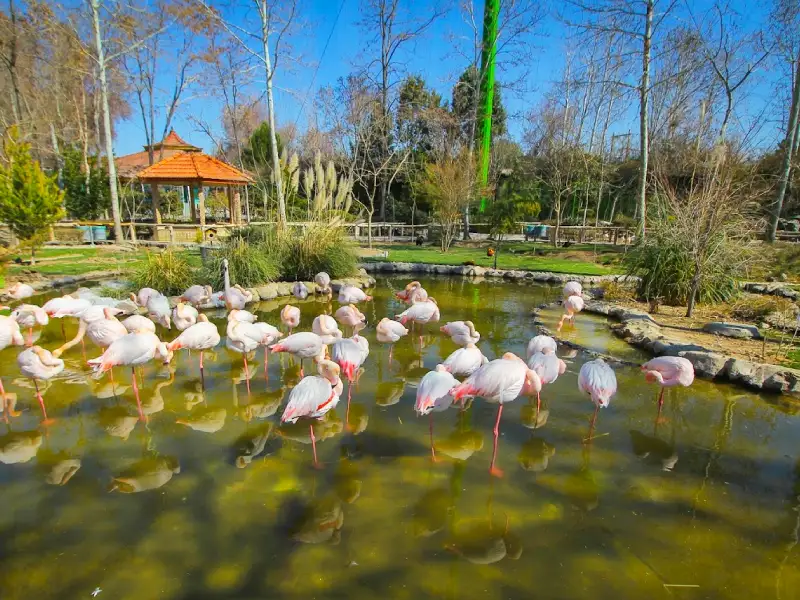
Clinic and Health Department: Sick birds are admitted to this division when a disease is diagnosed. After a complete examination, they are treated based on the instructions of the bird garden veterinarian.
Breeding Unit: This unit provides appropriate conditions and facilities for laying and hatching birds. This division is responsible for keeping the propagated chicks until they reach a certain age for release in the bird garden.
Quarantine Unit: In order to control and prevent the spread of diseases in the garden, the newly arrived birds are first quarantined for 10-14 days. After the necessary tests, if they are healthy, they can enter the bird garden.
Birds Garden of Isfahan Reviews
The Bird Garden of Isfahan is a serene haven for bird enthusiasts and nature lovers. The place offers tourists a peaceful escape from the bustling city. Many visitors appreciate the diverse collection of birds and the well-maintained environment of the garden.
This is a great place for families and children to enjoy and learn about different bird species. The Bird Garden of Isfahan is a recommended spot for travelers with children and those who love birds and green environments.
Bird Garden of Isfahan Ticket Price and Opening Hours
Entrance ticket price of Isfahan Bird Garden: 65,000 tomans (650,000 Rials) on regular workdays
Opening hours of Isfahan Bird Garden: in the first semester of the year from 8:00 am to 7:00 pm and the second semester of the year from 8:30 am to 4:30 pm
Bird Garden of Isfahan Location
There are several ways to access the Bird Garden of Isfahan. The most convenient way is using a private car or a taxi.
Private car: If you plan to go to the bird garden via your car, you should first drive to the Vahid Bridge towards Simin Highway along the Nazhvan Forest Park.

Before reaching Simin or Sohrevardi Street, turn right and enter Nazhvan Park. After entering the park, drive along Olfat Street to see the Bird Garden sign near Sohrevardi Square. Keep in mind that crowds and traffic in the garden are more during peak hours or on holidays.
Train Station: The closest train station to Bird Garden of Isfahan is Si O Se Pol station, which is about 10 km away and is 20 minutes by car.
Taxi: Accessing the bird garden is also possible by taking a taxi. You only have to ask the driver to drop you off in front of the second entrance of the garden, which is in front of the entrance bridge to the bird garden, so that you don’t have to walk for a long distance.
Final Word
Bird Garden of Isfahan has various sightseeing areas, which have made this place linger in the hearts of travelers. Based on the species of the birds, the educating and fascinating units of the bird garden are divided into six categories where you can spend hours watching these magical creatures. The bird garden is home to a wide variety of bird species, both indigenous and exotic, and is created to mimic natural habitats, which is what makes bird gardens so delightful to see. The Bird Garden of Isfahan photos capture the vibrant colors and diverse species of birds, showing the garden’s peaceful atmosphere and natural appeal.
Are you planning to travel to Iran and looking for an Iran resort? Consider Matinabad Eco-resort.

